|
We had a quieter day today after all the excitement of yesterday. I totted up the species list for yesterday and it came to 50 - not bad considering we had spent 2 1/2 hours in the car. As usual I checked and put fresh food in for the larvae that I was rearing before we went out. In the box this morning with the Cuban Longtail Chioides marmorosa were lots of tiny parasitic wasps about 2mm long so one of the two large larvae must have been parasitised! Some of these had short ovipositors while others did not so I'm guessing they must be males and females rather than two species involved. On our walk round to the entrance to the Las Guanas reserve to give them some butterfly id charts that we had printed and laminated before we left England we came across a Saw-scaled Curlytail Leiocephalus carinatus with a couple of youngsters that were rather cute. On the edge of the dolphin lagoon a Spotted Sandpiper had caught what looks like a small fish. I haven't shown many of the most common butterflies recently on this blog as there have been so many exciting new things to show but one of the commonest butterflies is the Flambeau Dryas iulia. We saw this in some numbers every day, both females and males, and did find a pair in cop one day but we have never yet found a female laying which is surprising. Other things that were pretty common this time were Sleepy Orange Abaeis nicippe, Barred Yellow Eurema daira and Mallow Scrub-Hairstreak Strymon istapa. On our previous trips we have rarely seen Cuban Leafwing Anaea cubana but this time we saw it on 9 days and often in some numbers - up to six on the same small bush. Orange-barred Sulphur Phoebis philea we saw only occasionally and nearly always just flying past at high speed - in fact this one is the only one I've ever managed to photograph so far. When we got back to the hotel we received a call to say that we had received a message from Cuban entomologist Douglas Fernández and his American entomologist colleagues to say that they were staying in a nearby hotel. They were carrying out important butterfly survey work for the Florida Keys T.R.E.E. Institute. It was a great pleasure to meet up with them in the evening and we agreed to spend some time in the field before they left.
0 Comments
Leave a Reply. |
Welcome to our Blog
Here we will post interesting news about what we and others have seen in Cuba. Archives
July 2024
Categories |
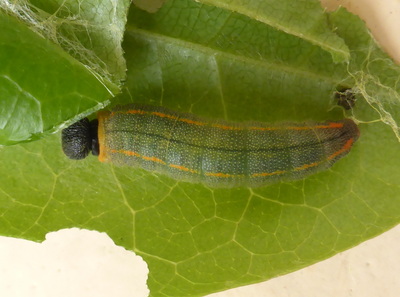
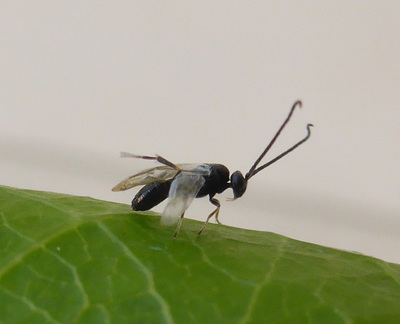
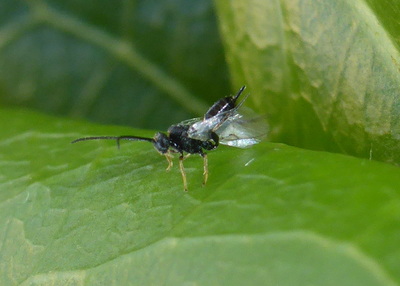
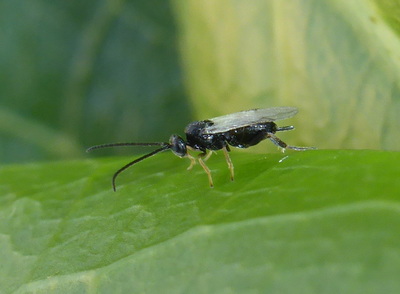
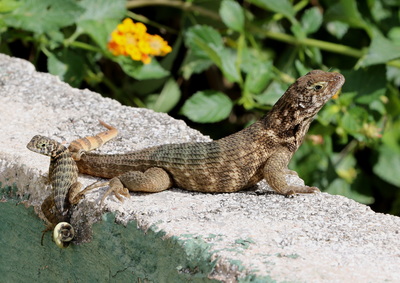
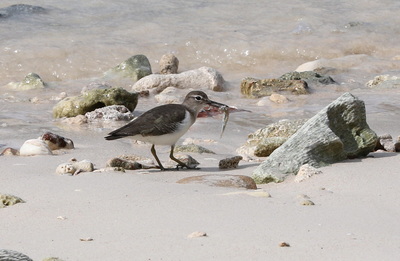
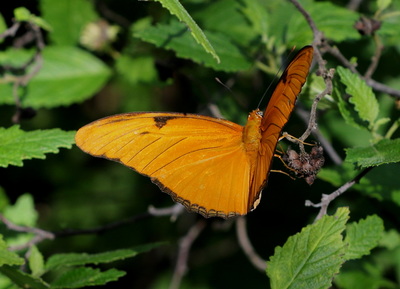
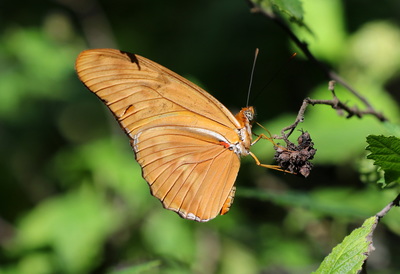
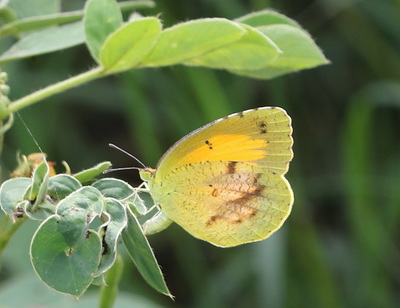
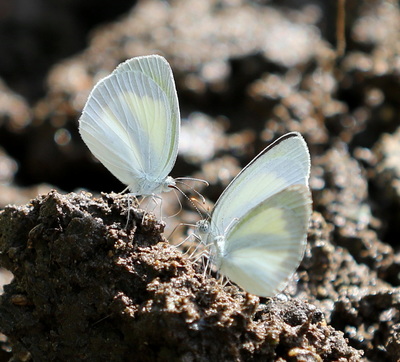
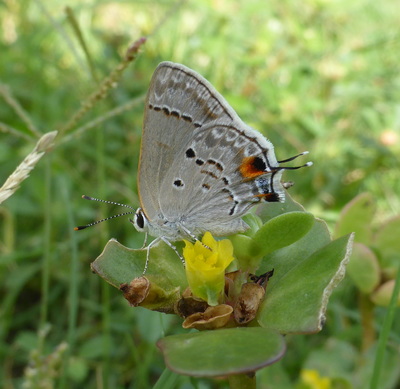
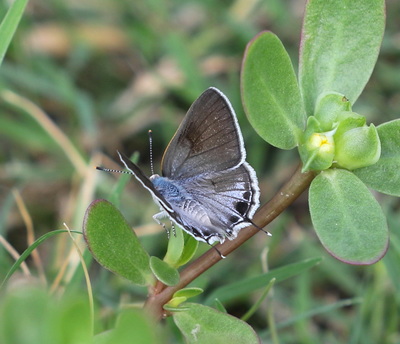
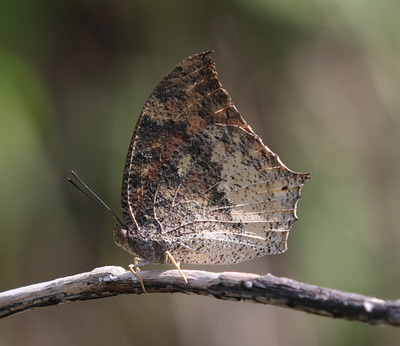
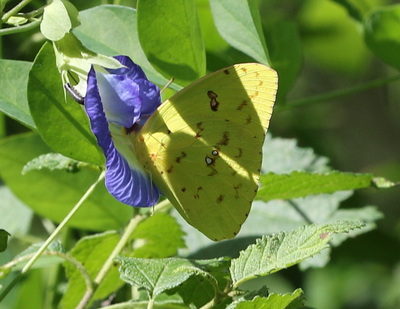
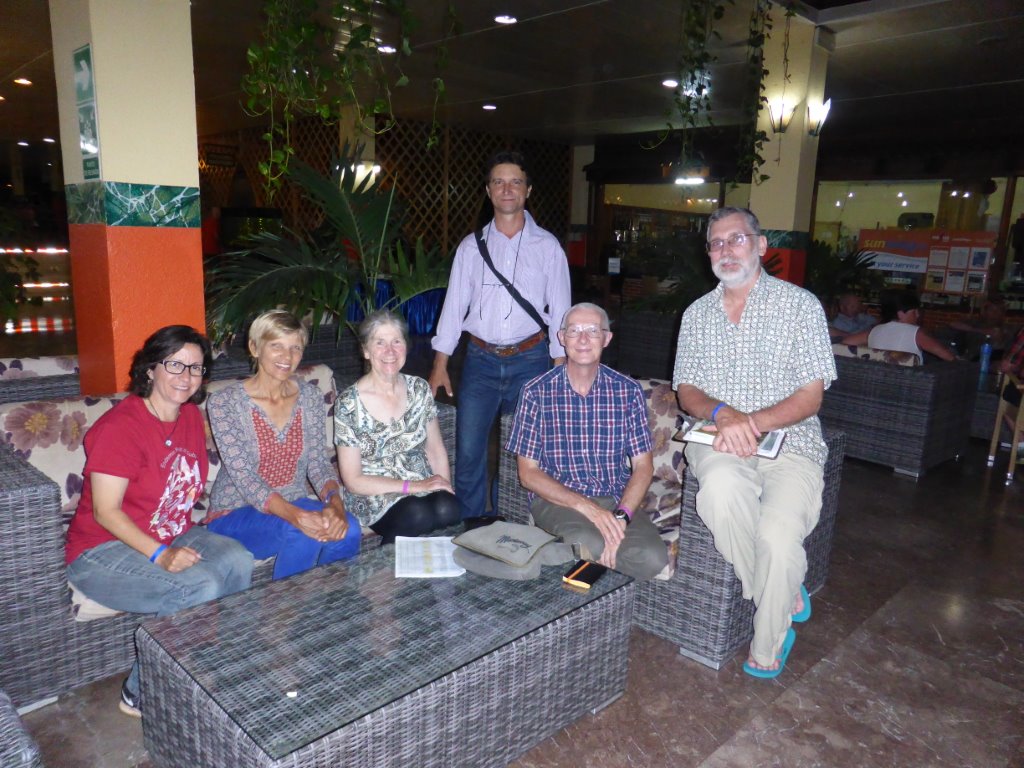
 RSS Feed
RSS Feed